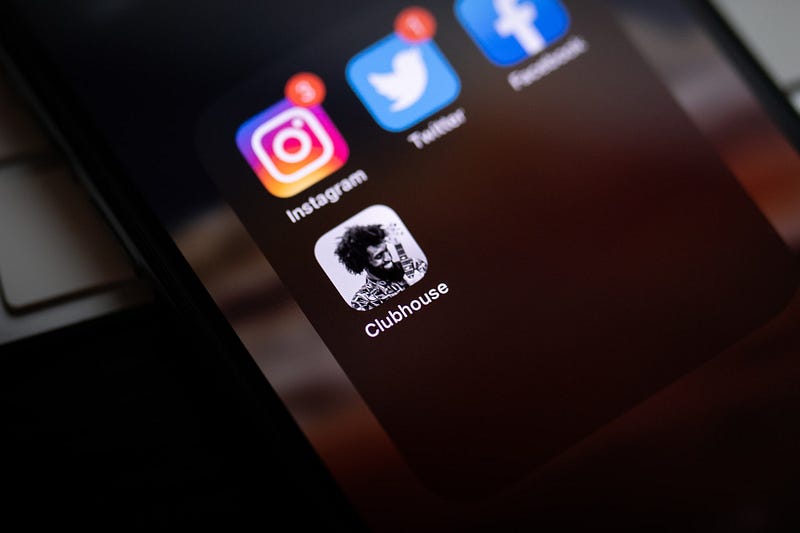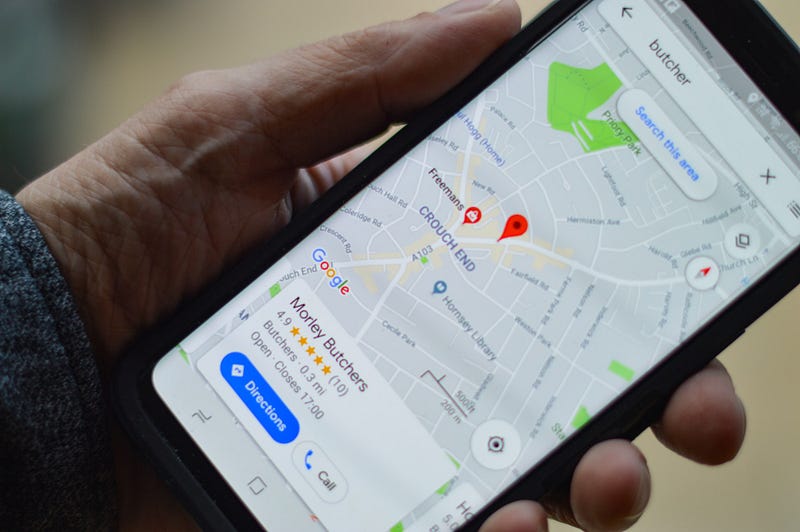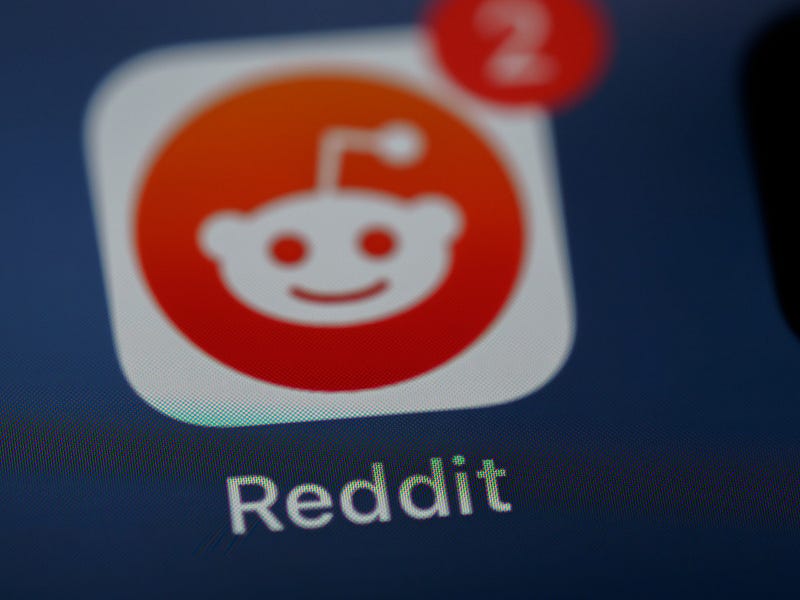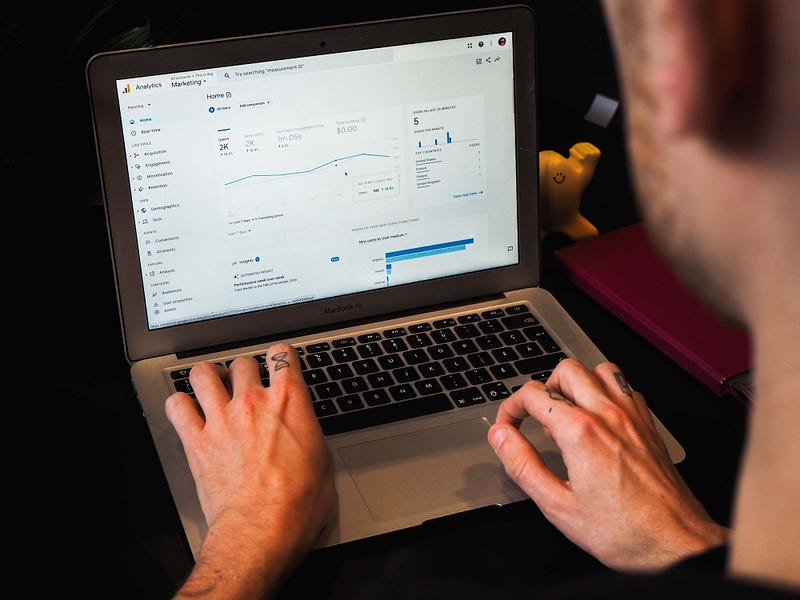15 Powerful Low-Budget Content and Social Media Marketing Strategies
For small businesses and startups operating on a tight budget, it’s crucial to find marketing strategies that deliver results without breaking the bank. Content marketing, social media marketing, and low budget marketing approaches can be powerful tools for businesses to reach their target audience, increase brand visibility, and drive sales. In this comprehensive guide, we’ll discuss how to effectively leverage these strategies to grow your business on a shoestring budget.
What is Content Marketing?
Content marketing is a strategic marketing approach that focuses on creating and distributing valuable, relevant, and consistent content to attract and engage a target audience. The goal of content marketing is to establish trust and build long-term relationships with potential customers, leading to increased brand loyalty, customer retention, and ultimately, higher revenue. Examples of content marketing include blog posts, e-books, whitepapers, infographics, webinars, podcasts, and videos.
Why is Content Marketing Important?
Content marketing is essential for several reasons:
- Establishes authority and credibility: By providing helpful and informative content, you can demonstrate your expertise and knowledge in your industry, building trust with potential customers.
- Improves search engine optimization (SEO): High-quality content that targets relevant keywords can help your website rank higher on search engine results pages (SERPs), driving more organic traffic to your site.
- Encourages social sharing: Engaging content is more likely to be shared on social media, further increasing your brand’s reach and visibility.
- Increases customer engagement: Content marketing helps you build relationships with your audience, fostering loyalty and turning casual readers into loyal customers.
- Cost-effective: Compared to traditional advertising methods, content marketing can be more affordable and provide a higher return on investment (ROI) for small businesses with limited budgets.
Social Media Marketing: Building Your Brand on Social Platforms
Social media marketing involves promoting your brand, products, or services through various social media platforms like Facebook, Instagram, Twitter, LinkedIn, and Pinterest. It’s an essential component of any modern marketing strategy, as it allows businesses to engage with their audience, increase brand awareness, and drive website traffic. To succeed in social media marketing, it’s crucial to create a strong social presence, post engaging content, and interact with your audience.

Why is Social Media Marketing Important?
Social media marketing offers several benefits for businesses:
- Wide reach: With billions of active users across various platforms, social media marketing allows you to reach a massive audience.
- Targeted advertising: Social media platforms offer advanced targeting options, enabling you to reach your ideal audience based on demographics, interests, and behaviors.
- Cost-effective: Many social media marketing tactics, such as organic posting and engagement, are free or low-cost, making them ideal for small businesses with limited budgets.
- Real-time engagement: Social media enables businesses to interact with their audience in real-time, allowing for quick feedback, customer support, and relationship-building.
- Increased brand visibility: By maintaining an active presence on multiple social platforms, you can increase your brand’s visibility and reach potential customers who may not have discovered you through other marketing channels.

Low Budget Marketing Strategies for Small Businesses
For small businesses with limited budgets, it’s essential to find cost-effective marketing tactics that deliver results. Here are some low budget marketing strategies to consider:
- Leverage user-generated content: Encourage your customers to share their experiences with your products or services on social media. This can help build trust with potential customers and provide you with free marketing material to share on your platforms.
- Collaborate with micro-influencers: Partner with micro-influencers who have a small but engaged following in your niche. They can help promote your brand at a lower cost than working with larger influencers.
- Host webinars or workshops: Offer free webinars or workshops to educate your audience about your industry, products, or services. This can help establish your brand as an authority in your field and attract potential customers.
- Email marketing: Build an email list and send regular newsletters or promotional offers to your subscribers. Email marketing is a low-cost way to stay connected with your audience and drive sales.
- Utilize SEO: Optimize your website and content for search engines to increase organic traffic. By targeting relevant keywords and improving your site’s user experience, you can attract more visitors without spending on advertising.
Maximizing Your Marketing ROI with Affordable Tactics
To get the most out of your low budget marketing efforts, consider the following tips:
- Track and measure results: Use analytics tools to monitor the performance of your marketing campaigns. By tracking key metrics, you can identify which tactics are most effective and optimize your strategies accordingly.
- Test and optimize: Continuously test different marketing approaches and adjust your tactics based on performance data. This will help you fine-tune your strategies and maximize your ROI.
- Focus on quality over quantity: Instead of spreading your resources thin across multiple marketing channels, focus on a few platforms where your target audience is most active. Invest in creating high-quality content that resonates with your audience and drives engagement.
- Repurpose content: Save time and money by repurposing your existing content for different platforms. For example, you can turn a blog post into a video, infographic, or podcast episode.

Utilize Local Marketing Techniques
Local marketing is a strategy that targets customers within a specific geographic area. By focusing on local marketing, small businesses can establish a strong presence in their community and drive more foot traffic or online sales from nearby customers. Here are some local marketing techniques to consider:
- Google My Business: Claim and optimize your Google My Business listing to improve your visibility in local search results and on Google Maps.
- Local partnerships: Partner with other local businesses or organizations to cross-promote each other’s products or services, or collaborate on joint marketing efforts.
- Participate in community events: Sponsor or participate in local events, such as fairs, festivals, or charity functions, to increase brand awareness and engage with potential customers.
- Local SEO: Optimize your website and content for local SEO, targeting location-specific keywords and including your business address and contact information.

Master Content Distribution
Creating high-quality content is only half the battle; you must also effectively distribute your content to reach your target audience. By mastering content distribution, you can ensure that your content gets the visibility it deserves. Here are some content distribution channels to consider:
- Social media: Share your content on relevant social media platforms where your audience is active.
- Email marketing: Include your latest content in your email newsletters to keep subscribers informed and engaged.
- Guest posting: Contribute guest articles to industry blogs or websites to reach a wider audience and build valuable backlinks.
- Content syndication: Syndicate your content on platforms like Medium or LinkedIn to expand your reach and drive traffic back to your website.
Embrace Video Marketing
Video is a powerful marketing tool that can help you engage with your audience, increase brand awareness, and drive conversions. By incorporating video into your low budget marketing strategy, you can enhance your content and deliver your message in a more impactful way. Here are some video marketing tips:
- Create short, engaging videos: Focus on creating short, attention-grabbing videos that quickly convey your message and resonate with your audience.
- Optimize for mobile: Ensure your videos are optimized for mobile devices, as a significant portion of video consumption occurs on smartphones and tablets.
- Leverage live streaming: Use live streaming on platforms like Facebook Live or Instagram Live to engage with your audience in real-time and create a sense of urgency around your content.
- Include subtitles or captions: Adding subtitles or captions to your videos can improve accessibility and increase viewer retention.

Utilize User-Generated Content
User-generated content (UGC) refers to any content created by your customers or fans, such as reviews, photos, or videos. By leveraging UGC, you can build trust with potential customers, save time and resources on content creation, and encourage further engagement with your brand. Here are some tips for utilizing UGC:
- Encourage customers to create and share content: Offer incentives, like discounts or giveaways, for customers who share their experiences with your products or services on social media.
- Feature UGC on your website or social media: Share user-generated content on your platforms, giving credit to the original creator and demonstrating your appreciation for their support.
- Create UGC-focused campaigns: Develop marketing campaigns centered around user-generated content, such as photo contests or hashtag campaigns.
Implement Guerrilla Marketing Tactics
Guerrilla marketing involves using unconventional and low-cost marketing techniques to create buzz and generate attention for your brand. These tactics often rely on creativity and imagination rather than a large budget. Here are some guerrilla marketing ideas for small businesses:
- Stickers and decals: Create eye-catching stickers or decals with your logo or a catchy slogan and place them in strategic locations around your community.
- Pop-up events: Host pop-up events, such as product demonstrations, workshops, or flash sales, at local venues or public spaces to create excitement around your brand.
- Chalk art or sidewalk signs: Use chalk art or sidewalk signs to advertise your business in high-traffic areas, making sure to comply with local regulations.
- Viral content: Create shareable content, such as memes or viral videos, that have the potential to spread rapidly on social media and generate buzz around your brand.

Tap Into Niche Communities
Niche communities are online forums, discussion boards, or social media groups where people with shared interests gather. By engaging with these communities, you can establish your brand as a valuable contributor and reach potential customers who are already interested in your industry or niche. Here are some tips for tapping into niche communities:
- Participate in relevant forums: Join industry-specific forums or discussion boards and actively participate in conversations by offering valuable insights, advice, or solutions to problems.
- Join social media groups: Look for Facebook or LinkedIn groups related to your industry or target audience and engage in discussions or share relevant content.
- Engage in Q&A platforms: Answer questions on platforms like Quora or Reddit related to your niche, positioning yourself as an expert and driving traffic to your website.
Create a Referral Program
Referral programs incentivize your existing customers to refer new clients to your business. This word-of-mouth marketing approach can be highly effective and budget-friendly, as it leverages your customers’ networks to expand your reach. Here are some tips for creating a referral program:
- Offer attractive incentives: Provide appealing rewards, such as discounts, free products, or gift cards, to customers who refer new clients to your business.
- Make it easy to refer: Simplify the referral process by providing referral links or unique codes that customers can easily share with their friends and family.
- Promote your referral program: Ensure your customers are aware of your referral program by promoting it on your website, social media channels, and email marketing campaigns.

Leverage Free Marketing Tools
Numerous free marketing tools are available to help small businesses manage and optimize their marketing efforts on a tight budget. By utilizing these tools, you can save time and resources while gaining valuable insights into your marketing performance. Some popular free marketing tools include:
- Google Analytics: Track your website traffic, user behavior, and conversions to measure the effectiveness of your marketing efforts.
- Canva: Create professional-looking graphics for your website, social media, or marketing materials with this user-friendly design tool.
- Mailchimp: Build and manage your email list, create email campaigns, and track performance with this free email marketing platform.
- Hootsuite: Schedule and manage your social media posts across multiple platforms with this comprehensive social media management tool.
Offer Valuable Freebies
Offering valuable freebies, such as e-books, templates, or checklists, can help you attract potential customers and showcase your expertise without spending a fortune on advertising. By providing something valuable for free, you can generate leads, increase brand awareness, and encourage future purchases. Here are some tips for offering valuable freebies:
- Identify your audience’s needs: Create free resources that address common pain points or challenges faced by your target audience.
- Promote your freebies: Share your free resources on your website, social media channels, and email marketing campaigns to maximize their reach and visibility.
- Capture leads: Require users to provide their email address or contact information in exchange for the freebie, allowing you to build your email list and nurture leads through email marketing.
- Follow up with valuable content: Continue to provide valuable content to your leads through email marketing, fostering trust and keeping your brand top of mind.
Small businesses can leverage a wide range of low budget marketing strategies to grow their brand, engage with their target audience, and drive sales. By focusing on creativity, value, and resourcefulness, you can maximize your marketing ROI and achieve success in a competitive marketplace. Implement these cost-effective marketing techniques and watch your business thrive.
